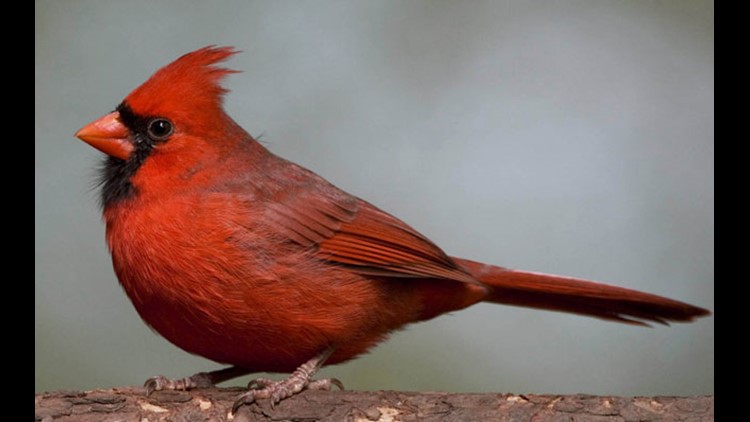We see them everywhere in Indiana: brilliant-red, male cardinals and their dusty-red female mates. This unique coloring makes them easy to spot. So, why? Well, here's far more information than you'll ever likely need, but in the interest of science, we have the answers. More accurately, scientists do.
Researchers now say they've identified a gene-encoded enzyme in birds that converts yellow pigments obtained from the diet into red pigments, which birds then use to color their feathers, bills and bare skin.
Birds seem to love the color red. Many songbirds, for example, use red as a visual signal to attract potential mates and to warn away potential challengers before a conflict escalates into a physical confrontation. In birds that use red coloration as a signal, redder is better, since the intensity of the color appears to be correlated with its ability to attract mates and to scare rivals. Although red pigments are probably an honest signal of an individual bird’s genetic quality (ref), we cannot know this for sure until we know what the molecular mechanisms might be for how birds actually create red pigments.
Two truly elegant studies were just published in one of my favorite journals, Current Biology, that finally push back the boundaries of what we know about how birds create red pigments. These studies — each published independently by two different collaborations between several research teams studying different songbird species — point to the same gene.
source: forbes.com/@GrrlScientist



